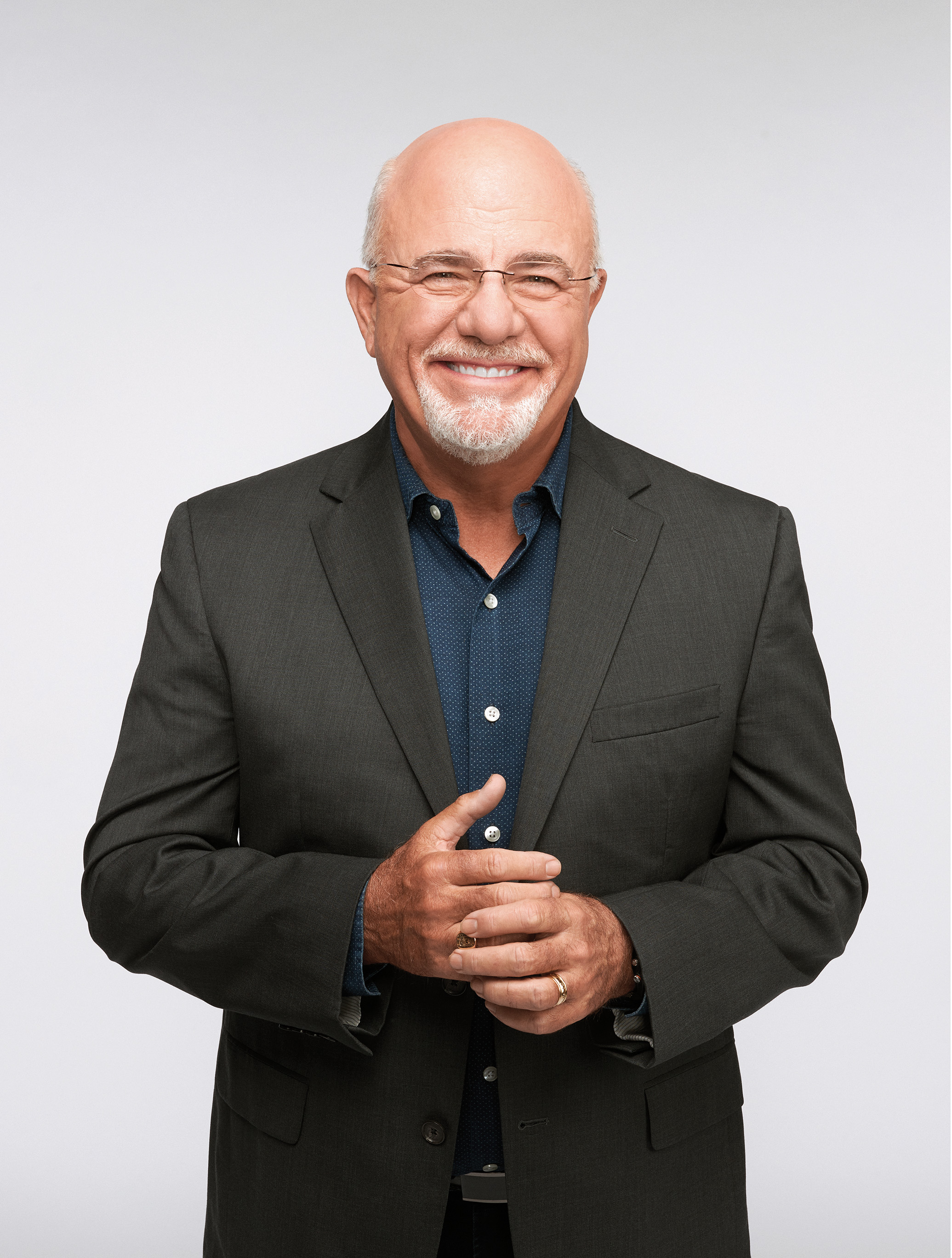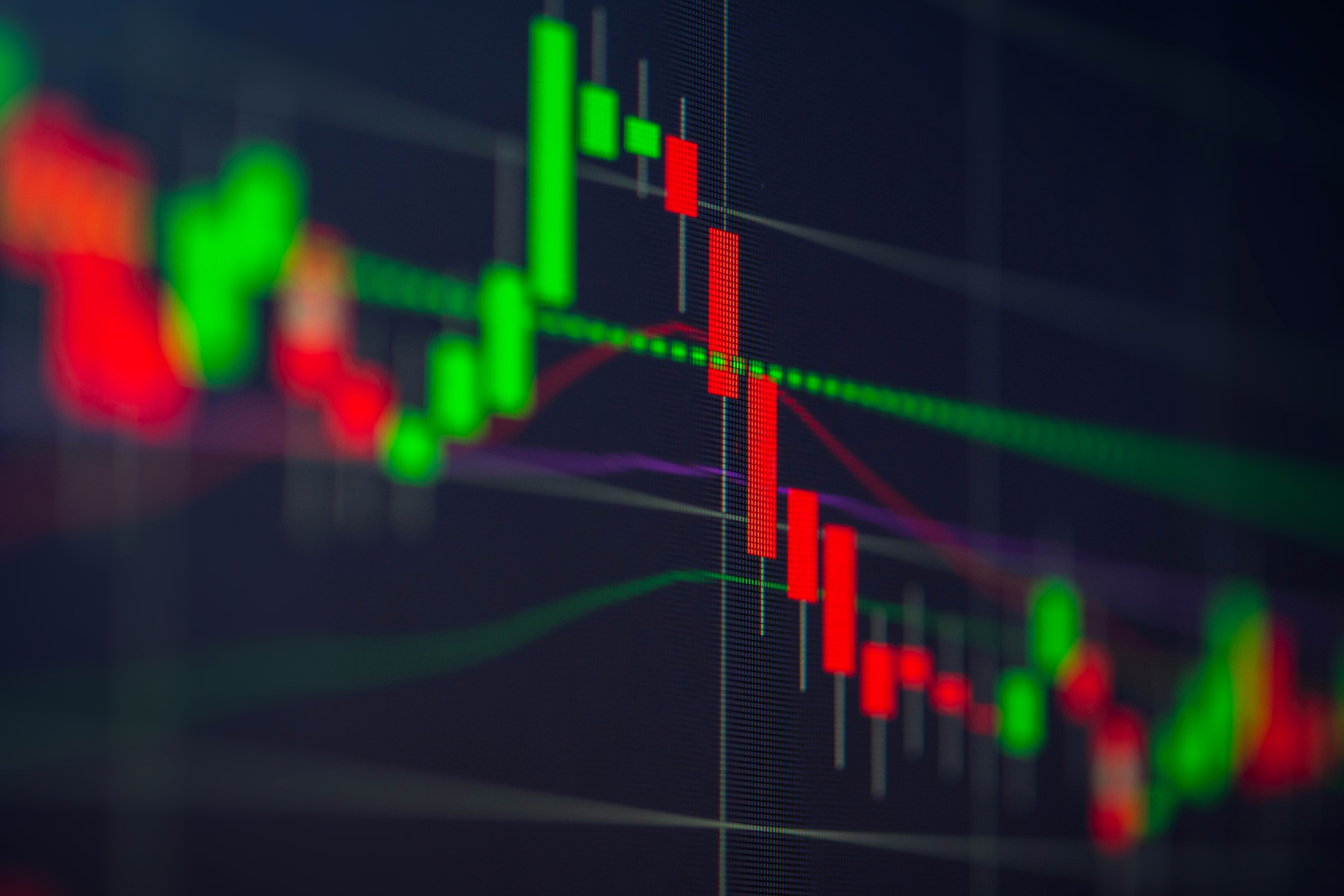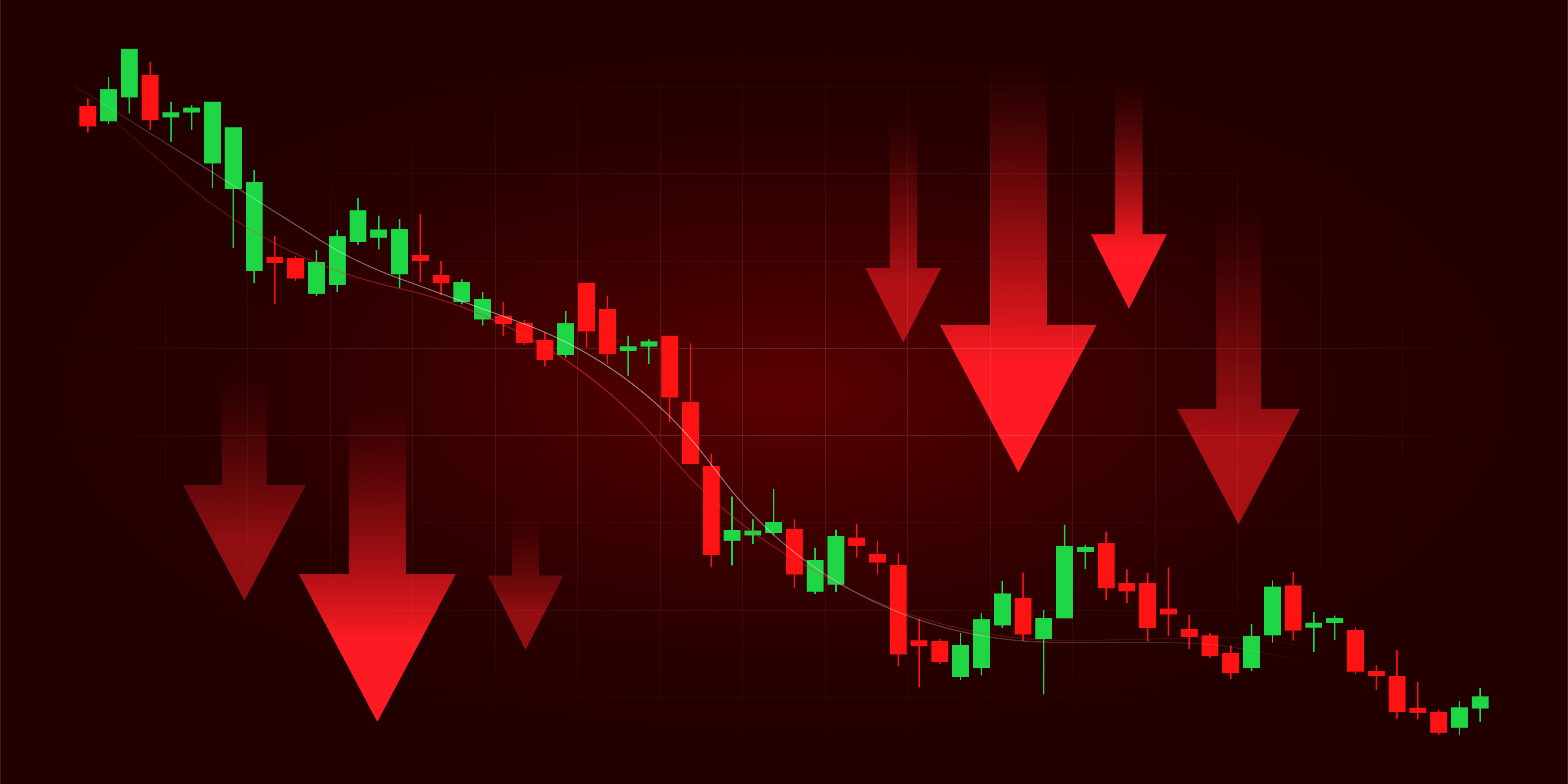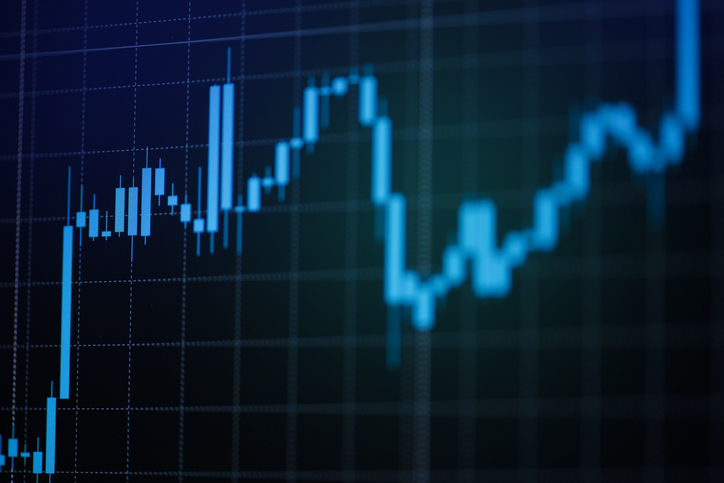3 Vanguard Funds on the Comeback Trail
Once mediocre, they’ve turned into solid performers, thanks to new managers or shifts in market sentiment.

When a good mutual fund does well, everyone takes notice. But it’s easy to overlook a formerly poor performer that has turned the corner. Take the three Vanguard funds described below. Once mediocre, they have turned things around in recent years.
For context, compare the returns of these funds with those of Standard & Poor’s 500-stock index, in parentheses below. Results are through January 29 and are annualized.
Vanguard Growth & Income Fund
Symbol: (VQNPX)
From just $107.88 $24.99 for Kiplinger Personal Finance
Be a smarter, better informed investor.

Sign up for Kiplinger’s Free Newsletters
Profit and prosper with the best of expert advice on investing, taxes, retirement, personal finance and more - straight to your e-mail.
Profit and prosper with the best of expert advice - straight to your e-mail.
Assets: $6.2 billion
Expense ratio: 0.34%
One-year return: -2.4% (S&P 500: -0.7%)
Three-year return: 11.4% (S&P 500: 11.3%)
Five-year return: 11.5% (S&P 500: 11.5%)
10-year return: 5.7% (S&P 500: 5.7%)
New blood has helped to revive this large-company, computer-driven stock fund. Since Vanguard replaced Mellon Capital in 2011 with three firms that rely on quantitative stock-picking practices—Vanguard’s own “quant” team, D.E. Shaw Investment Management and Los Angeles Capital—Growth & Income has returned an annualized 16.2%, outpacing the S&P 500 by an average of 0.5 percentage point per year. (For the five-year period before the shakeup, the fund lost 2.6% annualized, lagging the index by an average of 1.5 points per year.)
Each management group runs one-third of the fund’s assets. Vanguard’s team uses a five-factor model that homes in on valuation, growth and quality, among other things. Los Angeles Capital relies on some of the same screens, but it puts greater emphasis on factors that are in favor with investors and less emphasis on factors that are out of favor. Morningstar analyst Kevin McDevitt says D.E. Shaw uses models that incorporate, among other things, technical analysis (such as share-price trends and trading volume) and fundamental measures (such as the strength of a company’s balance sheet).
But, McDevitt adds, the new managers have delivered the goods during a period of mostly strong stock-market performance. “They haven’t been tested yet by difficult market conditions,” he says.
Vanguard Strategic Equity Fund
Symbol: (VSEQX)
Assets: $5.8 billion
Expense ratio: 0.21%
One-year return: -10.0%
Three-year return: 11.0%
Five-year return: 11.6%
10-year return: 5.6%
After six consecutive years of middling to below-average returns relative to its peer group, Strategic Equity has been on a roll since 2011. As a result, its five-year return ranks among the top 1% of all funds that focus on midsize-company stocks.
But its comeback is less about the fund’s investment process and more about a shift in the market that now favors the shop’s style. James Troyer, James Stetler and Michael Roach, of Vanguard’s quantitative stock group, run the fund. They use screens that focus on valuation, earnings growth and market sentiment, among other factors, to pick stocks. The computer models drive the managers toward high-quality companies that trade at bargain prices. The strategy led to Strategic Equity’s underperformance in 2007, when the fund held a number of homebuilder stocks that plummeted as the housing market weakened, eventually leading to the financial crisis.
But the managers stuck with their process, and the market began to turn in their favor. Some of the fund’s best performers over the past year included video game maker Electronic Arts (EA), footwear company Skechers USA (SKX) and software developer Manhattan Associates (MANH). The fund is “a good example of how active management styles can move in and out of favor, and that if you have a good manager it’s important to stick with them because you can recover,” says Dan Newhall, who runs the group at Vanguard that monitors its funds’ managers.
Vanguard U.S. Growth Fund
Symbol: (VWUSX)
Assets: $7.0 billion
Expense ratio: 0.47%
One-year return: 1.7%
Three-year return: 13.6%
Five-year return: 12.5%
10-year return: 6.3%
U.S. Growth was once a shining star. A $10,000 investment at the fund’s launch in 1959 would have grown to $2.5 million by the start of 2000—nearly $1.3 million more than the same amount invested in the average large-company growth fund. But the ’00s were a different story. From 2000 through 2010, shareholders in this large-company growth fund lost an annualized 5.3%. The fund lagged the average large-company growth fund by an average of 3.5 percentage points per year. Meanwhile, the S&P 500 gained an average of 0.4% a year over that period.
Things started to turn around after a manager shakeup in October 2010. Vanguard jettisoned one subadviser (Alliance Bernstein), retained one (William Blair) and signed on two new firms—Jackson Square Partners and Wellington Management. Since then, the fund has returned 14.2% annualized, outpacing the market by an average of 1.8 percentage points per year. “U.S. Growth is our biggest comeback fund because for some years it did disappoint,” says Newhall. “It was a fund that was perhaps most frustrating for us.”
Today, Jackson Square and Wellington together manage a bit more than 70% of the fund’s assets. But they share the pie with more subadvisers today than in 2010. In early 2014, Vanguard’s portfolio review group, which monitors all of the firm’s funds, folded a smaller and less- successful fund, Vanguard Growth Equity, into U.S. Growth. Growth Equity’s subadvisers, Jennison Associates and Baillie Gifford Overseas, stayed on and joined the U.S. Growth management team. Jennison and Baillie each run 6% of the fund’s assets. William Blair runs 13%; and the rest sits in cash.
Like many other large-company growth funds, this one benefited last year from a big stake in the FANGs. At last report, the fund counted Facebook (FB), Amazon.com (AMZN) and Google, now called Alphabet (GOOGL), among its top 10 holdings. All told, U.S. Growth had 27% of its assets in tech stocks.
Profit and prosper with the best of Kiplinger's advice on investing, taxes, retirement, personal finance and much more. Delivered daily. Enter your email in the box and click Sign Me Up.

Nellie joined Kiplinger in August 2011 after a seven-year stint in Hong Kong. There, she worked for the Wall Street Journal Asia, where as lifestyle editor, she launched and edited Scene Asia, an online guide to food, wine, entertainment and the arts in Asia. Prior to that, she was an editor at Weekend Journal, the Friday lifestyle section of the Wall Street Journal Asia. Kiplinger isn't Nellie's first foray into personal finance: She has also worked at SmartMoney (rising from fact-checker to senior writer), and she was a senior editor at Money.
-
 Dave Ramsey Tells Us the Biggest Retirement Mistake You Can Make
Dave Ramsey Tells Us the Biggest Retirement Mistake You Can MakeThe talk-show host, author and podcaster tells Kiplinger what people can do to ensure a happy retirement.
-
 Pros and Cons of Alternative Assets in Workplace Retirement Plans
Pros and Cons of Alternative Assets in Workplace Retirement PlansWhile alternatives offer diversification and higher potential returns, including them in your workplace retirement plan would require careful consideration.
-
 Stocks Rise to End a Volatile Week: Stock Market Today
Stocks Rise to End a Volatile Week: Stock Market TodayThe market's fear index reached and retreated from a six-month intraday peak on Friday as stocks closed the week well.
-
 Dow Sinks 301 Points on Trade War Talk: Stock Market Today
Dow Sinks 301 Points on Trade War Talk: Stock Market TodayThe contentious relationship between the world's two biggest economies continues to drive global financial markets.
-
 Trade Uncertainty Sparks Whipsaw Session: Stock Market Today
Trade Uncertainty Sparks Whipsaw Session: Stock Market TodayVolatility is making a cameo here in mid-October, a generally positive month marked by its historic stock market events.
-
 Stocks Swing in Volatile Session: Stock Market Today
Stocks Swing in Volatile Session: Stock Market TodayThe main indexes fell sharply in early trading on rising China tensions, but rebounded thanks to encouraging bank earnings.
-
 Dow Adds 587 Points as Stocks Bounce: Stock Market Today
Dow Adds 587 Points as Stocks Bounce: Stock Market TodayThe main indexes rebounded sharply Monday after President Trump took a calmer stance toward China.
-
 Dow Dives 878 Points on Trump's China Warning: Stock Market Today
Dow Dives 878 Points on Trump's China Warning: Stock Market TodayThe main indexes erased early gains after President Trump said China is becoming "hostile" and threatened to cancel a meeting with President Xi.
-
 Stocks Retreat as Shutdown Continues: Stock Market Today
Stocks Retreat as Shutdown Continues: Stock Market TodayWhile the main indexes closed lower today, Delta and PepsiCo gained ground on encouraging earnings reports.
-
 S&P 500 Hits New Highs as Rally Resumes: Stock Market Today
S&P 500 Hits New Highs as Rally Resumes: Stock Market TodayTech stocks were the biggest gainers on Wall Street today, with Nvidia and Dell making notable moves.